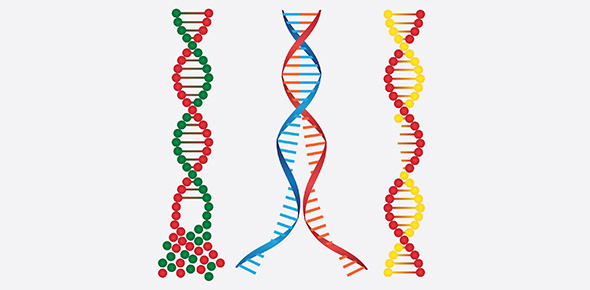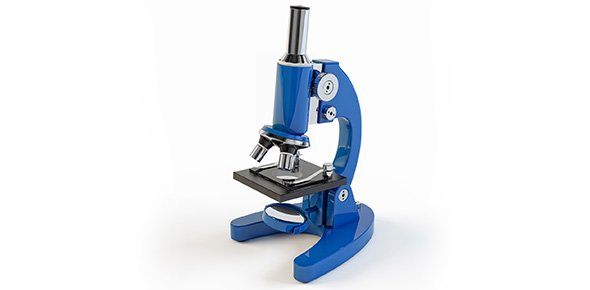Related Flashcards
Related Topics
Cards In This Set
| Front | Back |
|
What is Helicase?
|
It is used to unwind the double stranded helix
|
|
What is SSBP?
|
It is the single stranded binding protein. it is used to prevent the single stranded DNA from reattaching
|
|
What is DNA polymerase III?
|
It synthisizes new DNA by attaching free nucelotides to the 3' end.
|
|
Which direction does DNA polymerase III move?
|
5' to 3'
|
|
What is primase?
|
It is responsible for building the RNA primers to attach the single stranded DNA
|
|
What is DNA polymerase I?
|
Removes DNA and replaces it with RNA
|
|
What is ligsase?
|
Attaches the 3' OH group to the 5' phosphate group in the lagging strand
|
|
What is mRNA complimentary to?
|
The DNA sequence
|
|
What is a double helix?
|
Two strands that are in the opposite directions
|
|
Why is DNA replicated?
|
So that resulting daughter cells after the cell has been divided contain equal amounts of DNA
|
|
What is step 1 of DNA replication?
|
Helicase splits up the double stranded DNA molecule forming two single stranded templates.
|
|
What is step 2 of DNA replication?
|
Soecial binding proteins known as SSBP attach to DNA to prevent them from renealing.
|
|
What is step 3 of DNA replication?
|
DNA polymerase attaches to ne strand, moves along it an joins incoming nucleotides together 5' to 3'
|
|
What is step 3 of DNA replication (lagging strand)?
|
Lagging strand (3' to 5') allows nucleotides to be synthesized is a discontinuous pattern. RNA primase synthesizes RNA primers then a DNA polymerase joins incoming nucleotides, and it stops where is meets another RNA primer
|
|
What is step 4 of DNA replication?
|
Enzyme Rnase H comes and removes the RNA primer on the lagging strand, leaving okazaki fragments.
|






